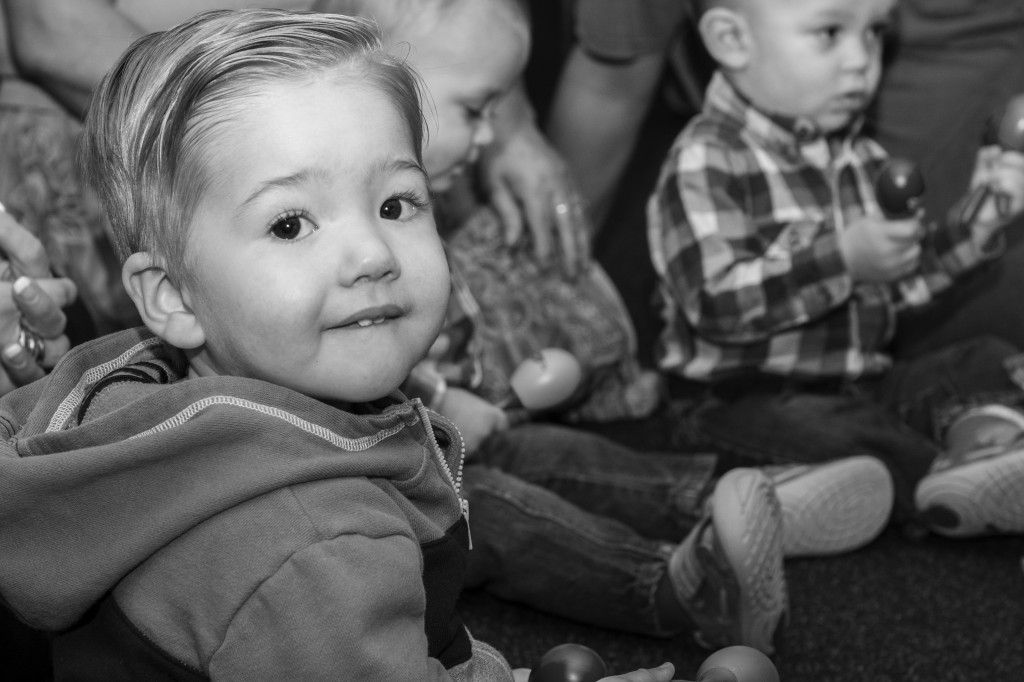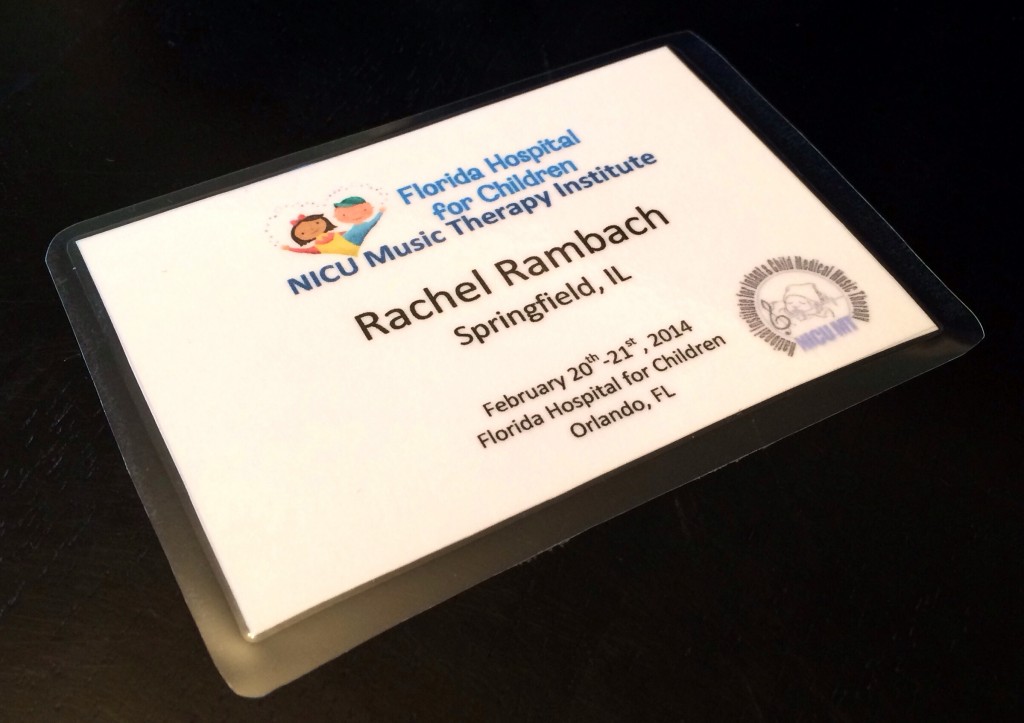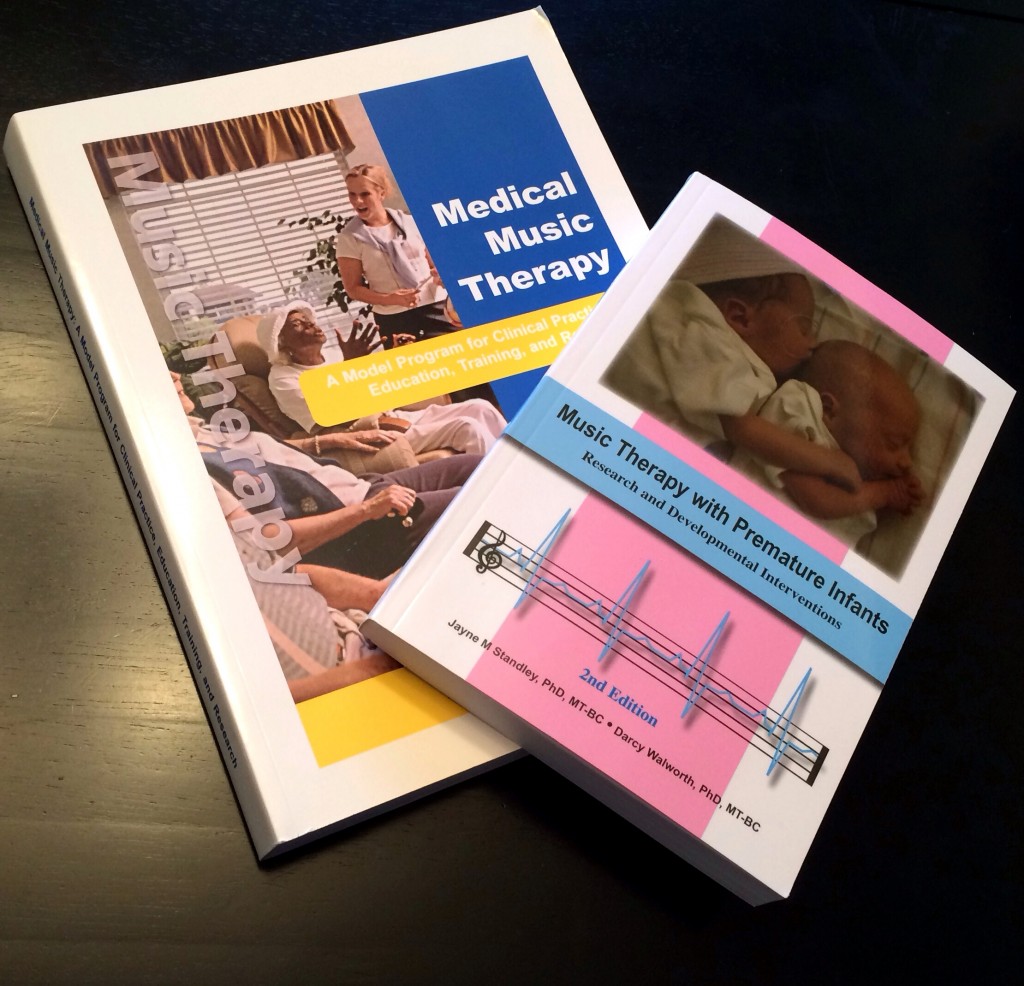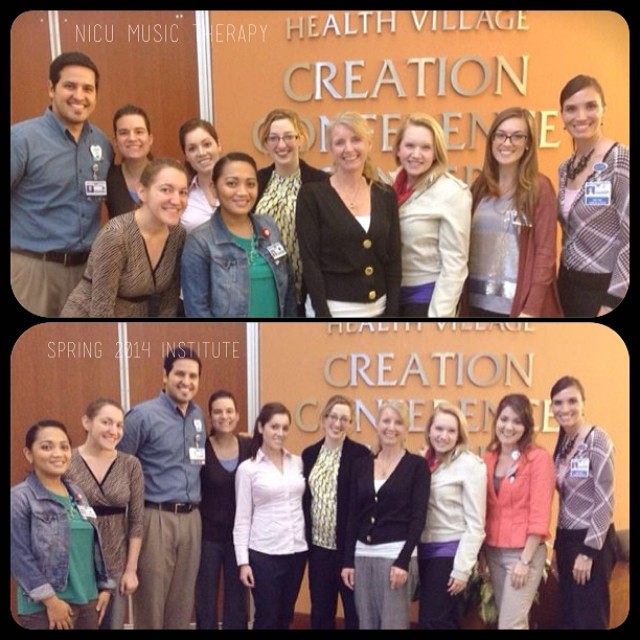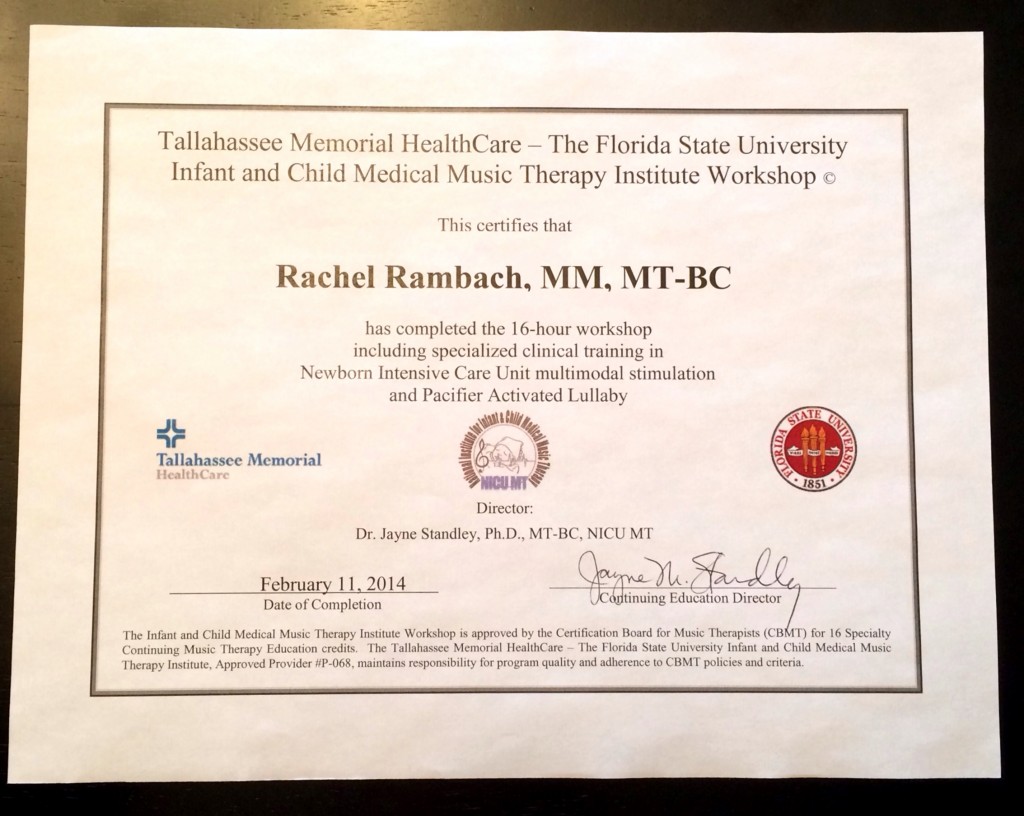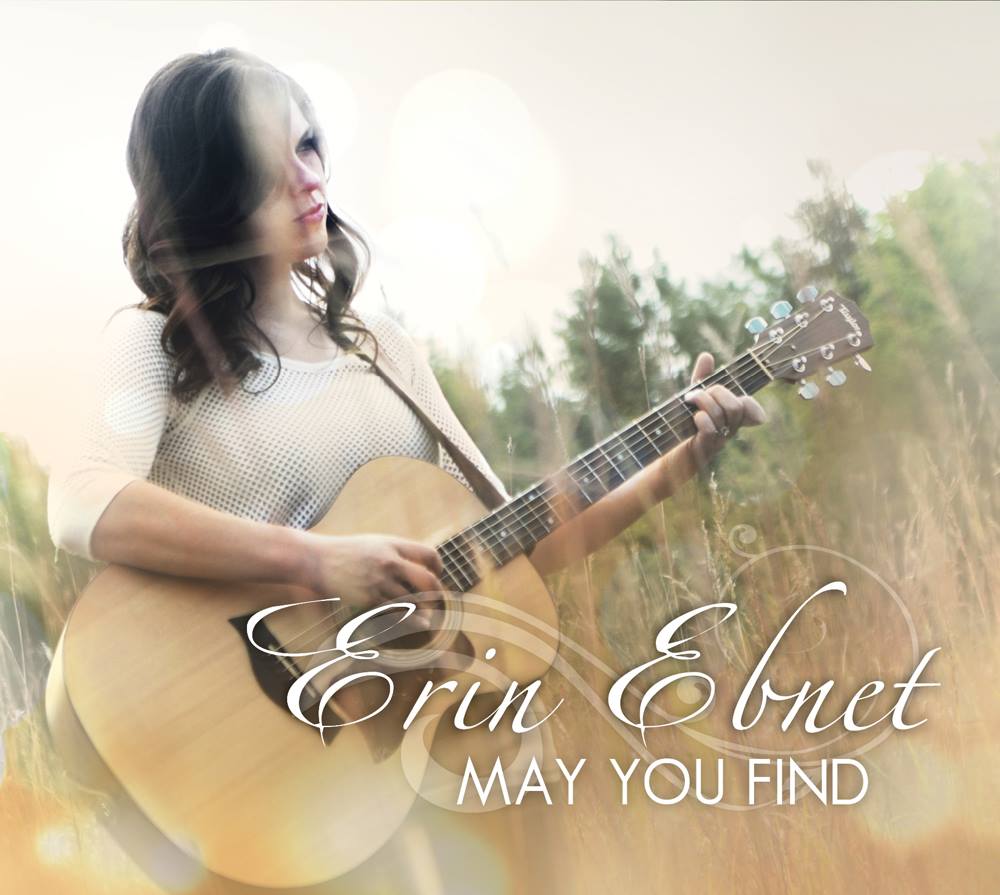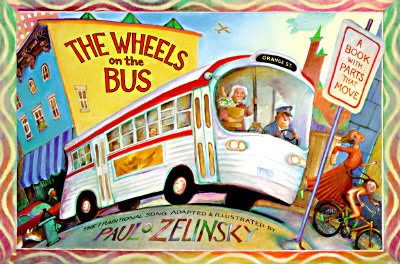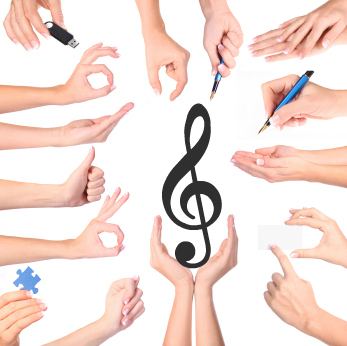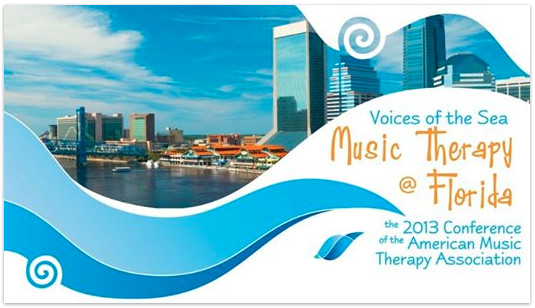Thanks so much for watching my video and heading over to Listen & Learn Music! I’m excited to share “The Toolbox Song” with you because it truly is one of the most effective tools in my musical toolbox (pun totally intended).
My students and clients request this song time and time again, and I am always happy to oblige, because it allows me to work on so many goals at the same time.
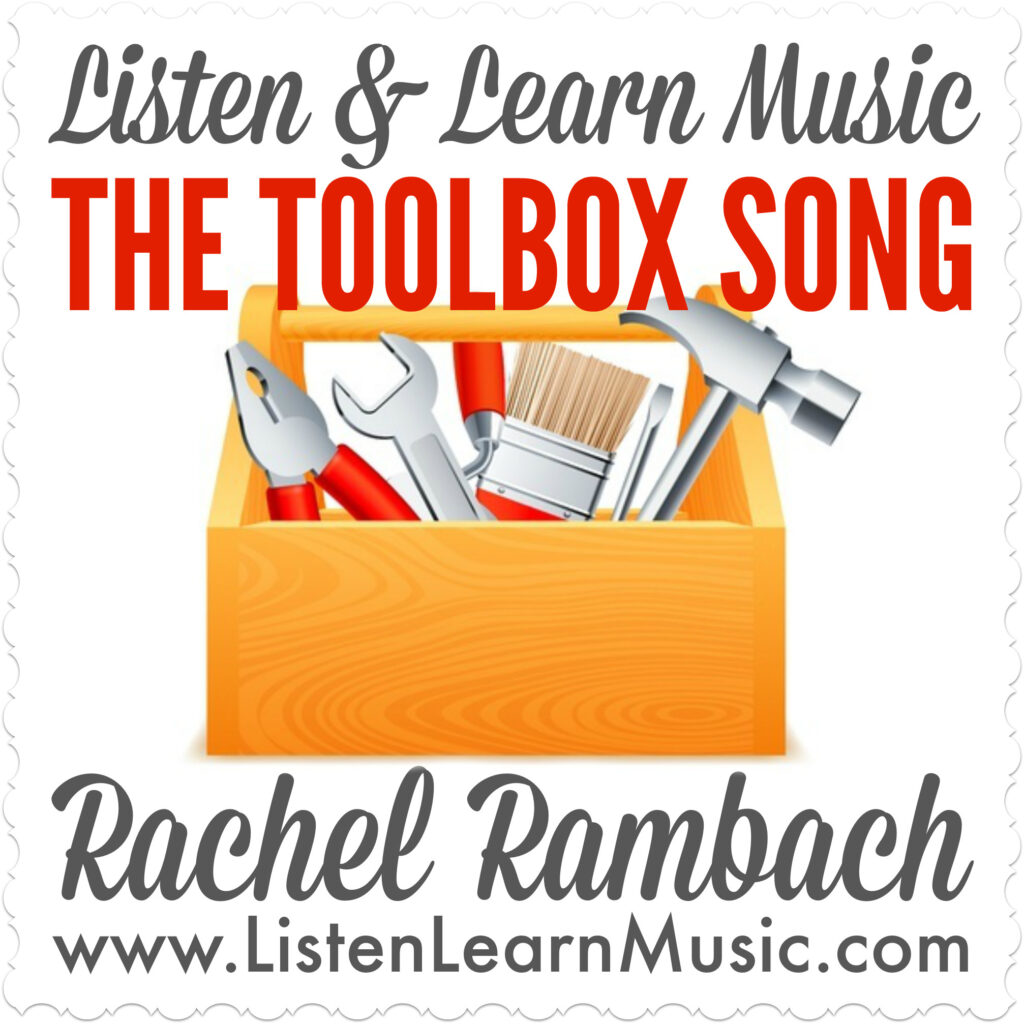
To receive the mp3, instrumental track, lyrics/chords and facilitation guide, simply enter your first name and email address below. Then I’ll deliver the download link to your inbox.
So Glad I’m Here
No matter how many original songs I write, there will always be a few covers that stay in my rotation solely because I love them so much. One of those is a sweet little tune I’ve used as a greeting in my early childhood music classes many times.
“So Glad I’m Here” is a simple, repetitive song by Elizabeth Mitchell, whose children’s albums are perfection. I love that her music is upbeat and happy without being cheesy; it sounds like spring to me. I recorded a quick version of this song recently (listen below), though you should check out the real deal for yourself.
The thought occurred to share this song with you after a student’s mom asked for some greeting song recommendations that are appropriate for children of all ages. I have to be careful about the songs I choose for many of my groups, because not only is there a pretty wide age span already, but then I have to count on the fact that there will be older siblings participating as well.
This is one of those songs that anyone can appreciate, and it can be easily adapted to fit any setting. That is what I strive for in my own songwriting, so it’s great to have inspirational gems like this that keep my creative juices flowing.
Rewriting Rodgers & Hammerstein
My local community theater held auditions for The Sound of Music this month, and I had several students try out. That meant lots and lots of “Do-Re-Mi” and “My Favorite Things” — though I didn’t mind at all, since it’s one of my favorite musicals. (A bit of trivia: I played Louisa von Trapp at that same community theater 15 years ago).
Needless to say, I’ve had these songs on the brain, and they spilled over from my lessons into music therapy session planning. I incorporated the children’s book version of “My Favorite Things” into one of my student’s sessions, which then led into a songwriting activity.
I asked my student to name her “favorites” in several different categories, which was a great way to target skills like answering questions, expressive language, and conversational skills. Then I took her responses and wrote a special version of the song just for her. I can’t wait to share it with my student at her session tomorrow!
Today at Listen & Learn Plus, I’m sharing a simple template for recording your students’ favorite things, as well as the finished version of the song I wrote (including the easy chords I use to play it) along with the mp3 and instrumental track.
Music Therapy in the NICU
In all my years of studying and practicing music therapy, I never had any interest in medical music therapy. The idea of working in a hospital seemed pretty intimidating, and just not for me. Of course, that’s what I said about working with kids — originally I had my heart set on seniors with dementia — and look at me now.
But over the summer during my maternity leave, I started thinking about going through training for music therapy in the NICU (neonatal intensive care unit). I’m not sure if it was the postpartum hormones or what, but the desire stuck with me and I registered for the lecture training at AMTA national conference in November.
After spending my first day of conference attending the NICU lecture training, I knew I had made a good decision. The research, techniques, and outcomes were all fascinating, and I couldn’t wait to get some hands-on experience during the clinical fieldwork training component.
This part was a big investment, both financially and time-wise. I had to get caught up on immunizations and have some bloodwork done in order just to register, and then complete quite a bit of paperwork as well as pay a fee. Once I was approved to attend the training, I booked my plane tickets to Orlando and reserved a hotel room across the street from Florida Hospital. The hardest part was waiting until February!
I happily escaped the arctic Midwest (with my baby and his favorite babysitter, aka my mom, in tow) this past week, though the only sun I soaked up was on the walks to and from the hospital.
The training was facilitated by music therapists Brianna Negrete, from Florida State University, and Rich Abante Moats, from Florida Hospital. Antonio Milland, Amy Robertson, Dr. Jayne Standley, and Ellyn Hamm also provided training and tons of valuable information. The two full days consisted of classroom training as well as quite a bit of time in the NICU both observing and working with premature infants.
On the first day, we learned the procedure for multimodal stimulation (MMS), which helps babies tolerate and process different kinds of stimulation through singing, touch, rocking, and encouraging eye contact. Being in the NICU was definitely intimidating at first, but by the second day, I felt much more comfortable there. I had the opportunity to do MMS with two different babies, which was definitely the highlight of the entire experience.
On the second day, we learned more about the PAL (pacifier-activated lullaby) device and got to see it in action. We also learned about relating to staff/parents/family, medical music therapy program proposals, reimbursement, procedural support, and became more familiar with all the research behind medical music therapy.
It was an intense two days of learning and experiential training, but I honestly could have stayed for a week! There was so much to learn, and every single one of the trainers was so helpful in making sure we fully understood everything and guiding us through the music therapy techniques.
I would love to have the opportunity to work in the NICU eventually. It’s a different world from what I’ve been doing for the last 7 years since becoming board-certified, but it will be a wonderful challenge professionally, not to mention very rewarding.
Friday Fave: Erin Ebnet’s “May You Find”
I haven’t written a “Friday Fave” post in over nine months, but I’m bringing it back today for good reason. Please do your ears a favor and check out my friend Erin Ebnet’s gorgeous debut full-length album, May You Find.
I met Erin, a fellow music therapist, at the 2012 AMTA national conference in St. Charles. She was familiar with my website and knew that I was a gigging singer/songwriter, so we bonded over that and continued to talk via email following the conference. Erin filled me in on her album’s progress, and when it was finished, I had the opportunity to hear it.
Erin’s voice is what will pull you in initially — it’s stunning — but then her songwriting will keep you listening. The first song on the album is catchy and upbeat, and if you’re like me you’ll find yourself humming along almost immediately. What I love about the album is that it spans a wide range of emotions; by the end of it, Erin will feel like a friend who just shared her stories with you.
You can listen, read more, and order the album on Erin’s website. Be sure also to check out her Facebook page, too. And last but not least, YAY for music therapists pursuing their performing/songwriting/recording aspirations. I’m inspired!
Who’s Jingling Now?
This week as I was cleaning out my iTunes library (in an attempt to free up some space on my computer’s hard drive…I’m almost out!), I came across this little gem.
I wrote Who’s Jingling Now? right around this time last year as part of my early childhood music class curriculum, but for some reason I never got around to sharing it with you. Better late than never, I suppose.
A few of the objectives I had in mind when I wrote this song include: taking turns, individual play, listening skills, group cohesion, and both fine and gross motor skills. The song is meant to be used in a group setting, and provides each child in the group an opportunity to be the “featured” player.
I purposefully left out directions for playing a specific way (up high/down low, fast/slow, etc.) because I like to use this song as a lead-in to more structured instrument play. The expectations are not too high for a child who is just starting to get comfortable playing in a group and being singled out.
The Wheels on the Bus
I’m always on the hunt for books I can sing with my students, and my collection of singable stories has grown exponentially since Parker was born. While I love to write my own melodies for books that don’t already have one, I like having plenty of “ready-to-sing” classics on hand.
This month while I was combing Amazon for a few new additions, I came across this super fun version of The Wheels on the Bus — it doesn’t get more classic than that! Each page includes illustrations that come to life when you pull the tabs, which makes the book even more interactive.
I put together a recording of this version, which doesn’t stray too far from the song we all learned back in preschool or earlier. It’s yours to download for free; just enter $0 when asked to name your price :)
I have another singable story to share with you soon thanks to my mom, who picked it up as a Christmas gift for Parker. In the meantime, here are some more of my very favorites for your browsing pleasure. Feel free to share your own must-haves!
{Guest Post} We Are…MUSIC THERAPISTS!
I’m excited to be participating in the 4th annual Music Therapy Social Media Advocacy Month! Check out the posts I’ve shared in years past (2011, 2012, 2013) and then below, you’ll find a special guest post by Judy Simpson.
When I started my career as a music therapist in 1983, it was not uncommon for me to describe my profession by comparing it to other professions which were more well-known. If people gave me a puzzled look after I proudly stated, “I use music to change behaviors,” I would add, “Music therapy is like physical therapy and occupational therapy, but we use music as the tool to help our patients.” Over the years as I gained more knowledge and experience, I obviously made changes and improvements to my response when asked, “What is music therapy?” My enhanced explanations took into consideration not only the audience but also growth of the profession and progress made in a variety of research and clinical practice areas.
The best revisions to my description of music therapy, however, have grown out of government relations and advocacy work. The need to clearly define the profession for state legislators and state agency officials as part of the AMTA and CBMT State Recognition Operational Plan has forced a serious review of the language we use to describe music therapy. The process of seeking legislative and regulatory recognition of the profession and national credential provides an exceptional opportunity to finally be specific about who we are and what we do as music therapists.
For far too long we have tried to fit music therapy into a pre-existing description of professions that address similar treatment needs. What we need to do is provide a clear, distinct, and very specific narrative of music therapy so that all stakeholders and decision-makers “get it.” Included below are a few initial examples that support our efforts in defining music therapy separate from our peers that work in other healthcare and education professions.
- Music therapists’ qualifications are unique due to the requirements to be a professionally trained musician in addition to training and clinical experience in practical applications of biology, anatomy, psychology, and the social and behavioral sciences.
- Music therapists actively create, apply, and manipulate various music elements through live, improvised, adapted, individualized, or recorded music to address physical, emotional, cognitive, and social needs of individuals of all ages.
- Music therapists structure the use of both instrumental and vocal music strategies to facilitate change and to assist clients achieve functional outcomes related to health and education needs.
- In contrast, when OTs, Audiologists, and SLPs report using music as a part of treatment, it involves specific, isolated techniques within a pre-determined protocol, using one pre-arranged aspect of music to address specific and limited issues. This differs from music therapists’ qualifications to provide interventions that utilize all music elements in real-time to address issues across multiple developmental domains concurrently.
As we “celebrate” 2014’s Social Media Advocacy Month, I invite you to join us in the acknowledgement of music therapy as a unique profession. Focused on the ultimate goal of improved state recognition with increased awareness of benefits and increased access to services, we have an exciting adventure ahead of us. Please join us on this advocacy journey as we proudly declare, “We are Music Therapists!”
About the Author: Judy Simpson is the Director of Government Relations for the American Music Therapy Association. She can be reached at simpson@musictherapy.org.
Reclaiming My Songwriting Mojo
Over winter break, I had the opportunity to spend almost an entire Saturday writing and recording music. It was AWESOME. It reminded me of my life before baby, when my weekends were almost exclusively dedicated to musical projects. And while life is a million times better with this guy in it, I do miss having songwriting as a creative outlet on a regular basis.
We jetted off to Florida a few days after that, and spending some time on the beach soaking up the sun was just what I needed to recharge my batteries and clear my head. I thought a lot about my work and priorities while I was there, and came to the realization that my lack of creative output is what has me feeling unaccomplished these last few months.
I returned home to a FROZEN TUNDRA and also an email from a high school friend who had ordered a custom CD from me. She and her husband are expecting a baby girl in a few months, and she chose songs that she could play and sing to her. My friend had so many nice things to say about my music and how she was looking forward to sharing it with her little bundle, and that only intensified my desire to reclaim my “songwriting mojo” for lack of a better term.
Now that my baby is getting a little older, he spends more time playing independently (with close supervision, of course) while I jot down lyrics and record rough takes on my iPhone. It doesn’t hurt that Parker loves my guitar, so practicing new songs also doubles as entertainment for him :)
This is not a New Year’s resolution post, but rather a reminder to myself to choose songwriting over laundry, dishes and dusting when I have the chance. I’m usually so energized after finishing a new tune that I’m ready to tackle all those mundane chores — that songwriting mojo is quite powerful!
Are you looking to reclaim or discover your own songwriting mojo? A good place to start is my CMTE course, The DIY Guide to Writing, Recording & Sharing Your Music. Listening to my friends’ and colleagues’ creations serves as additional inspiration and motivation to keep cultivating my passion.
2-0-1-4 (No Less, No More!)
I wrote my first song about the year way back in 2008, and now, 6 years later, I have a collection of songs I’ll never be able to use again. BUT they did each get put to good use almost every day for an entire year, which is why I keep writing a new one at the end of December.
These songs all follow the same basic recipe: the ingredients include the year (mentioned over and over again), the number of months and days, and then whatever pertinent phrases I can come up with that rhyme.
Like most of my other songs, I keep it simple and repetitive so that it’s super singable. That’s important, considering I sing it with my kiddos just about every week for the whole year.
I really enjoy kicking off the year with a brand new “song of the year” each January, and this time around by some miracle, I’m even a day early. Cheers to the end of 2013, and the beginning of what I hope will be another wonderful year!
#AMTA13 is Next Week…What!?
I’m not sure how it happened, but somehow November arrived and that means it’s almost conference time. It will be my 5th year attending the American Music Therapy Association’s national conference, which is in Jacksonville, FL this time around.
I’ll be arriving on Monday night, because on Tuesday I’m attending the NICU-MT institute; can I tell you how excited I am about that? I already have my trip to Orlando booked for February, when I’ll be attending the clinical fieldwork training componment of the NICU certification at Florida Hospital.
The rest of my schedule while at conference is jam-packed as usual, between serving on the technology committee, being an exhibitor at the Music Therapy Pro booth, presenting on a panel, and — this is a first — finding time to hang out with my family.
I had always planned on bringing my baby to conference, and since I’m going a couple days early, my mom and husband are tag-teaming on Parker duty while I’m busy doing conference things. My mom will fly there with us on Monday and leave on Wednesday morning, and then Zach will arrive on Wednesday evening and fly home with us on Saturday. Gone are the days of easy-breezy solo traveling, but I’m looking at this as an adventure!
At last year’s conference, I was several weeks pregnant (but not far enough along to make it public knowledge) and feeling pretty queasy. While this year brings new challenges (like finding time to nurse and pump), I’m pretty sure it will be much more enjoyable.
I can’t wait to see all my music therapy friends in Jacksonville…will YOU be there?

